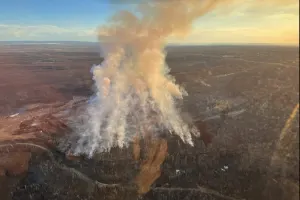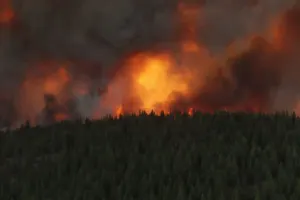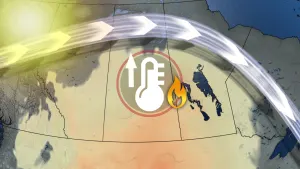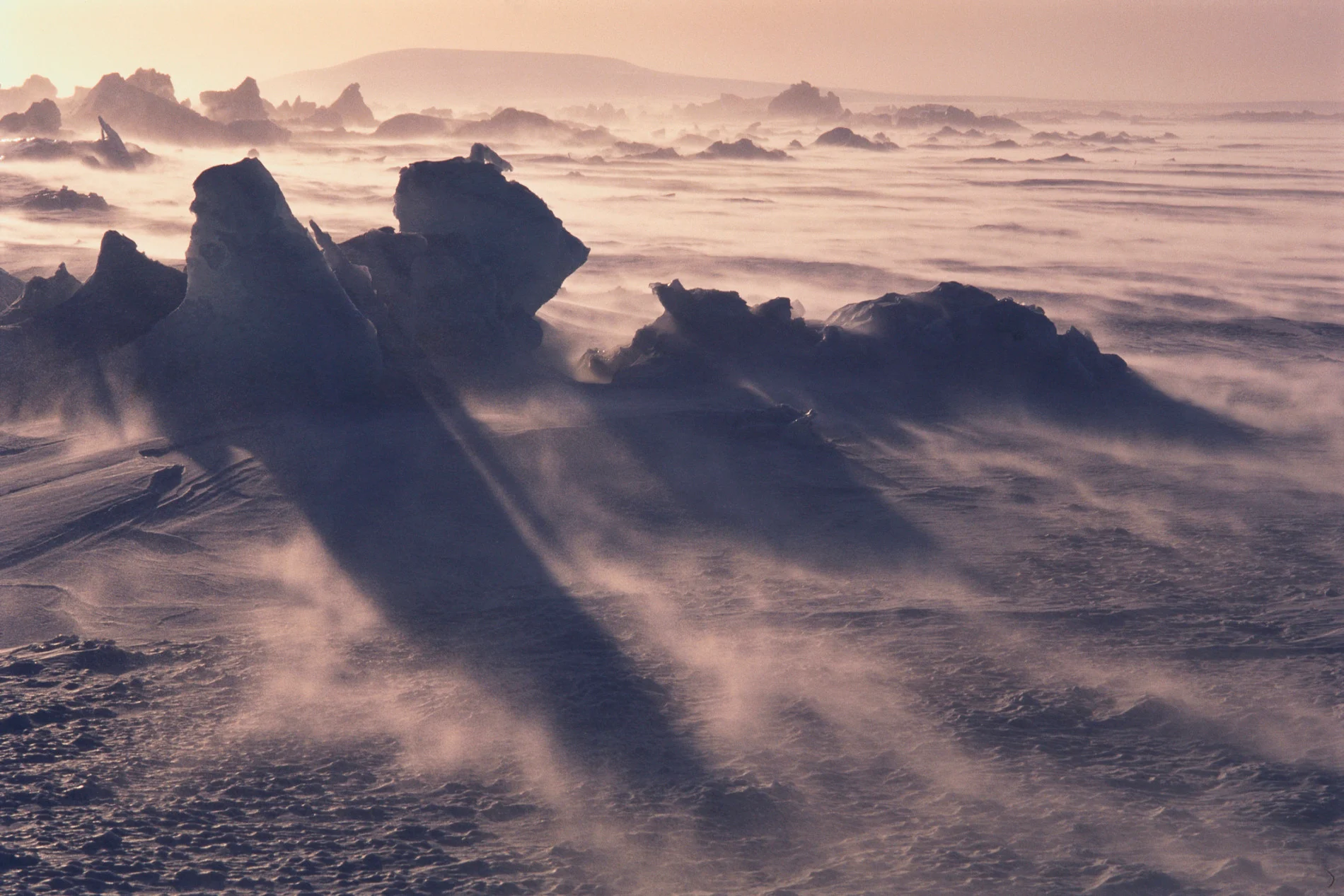
The Last Ice Area might be less resilient than previously thought
Scientists say that the Last Ice Area, located in northern Canada and Greenland, might be less resilient to climate change than originally thought.
Arctic species that depend on sea ice year-round are being forced into a northward migration as warming temperatures thaw frozen landscapes in lower latitudes.
Scientists are observing plants and animals, including polar bears, ringed and bearded seals, and walruses, shifting closer to the North Pole and are travelling to a region that experts call The Last Ice Area. The islands in Northern Canada and Greenland are referred to as The Last Ice Area because it is where summer sea ice is expected to persist the longest amid global warming.
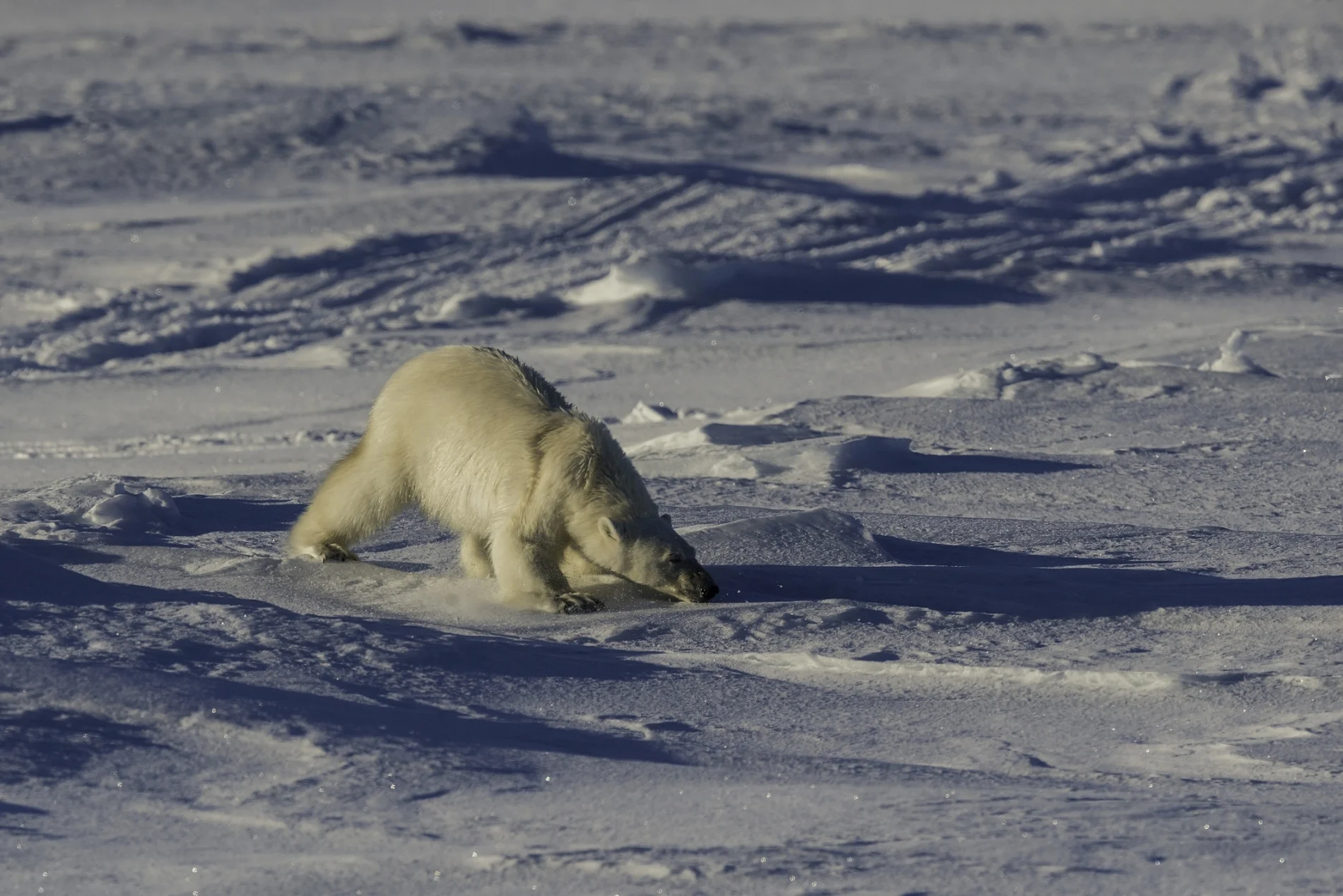
A polar bear in Baffin Island, Nunavut. (by wildestanimal. Moment. Getty Images)
“Some call this essential region ‘Similijuaq,’ meaning ‘place of the big ice’ or Tuvaijuittuq, which means ‘the ice never melts’ in Inuktitut,” states the World Wildlife Fund-Canada (WWF-Canada).
Tallurutiup Imanga National Marine Conservation Area is one of the many remarkable locations in the Last Ice Area, which is described as “one of the most significant ecological areas in the world” by the Government of Canada.
Tallurutiup Imanga (or Lancaster Sound) is home to several Inuit communities that rely on the rich biodiversity for economic and cultural well-being. The Government of Canada, the Qikiqtani Inuit Association, and the Government of Nunavut signed the Inuit Impact and Benefit Agreement in 2019 to formalize the conservation area.
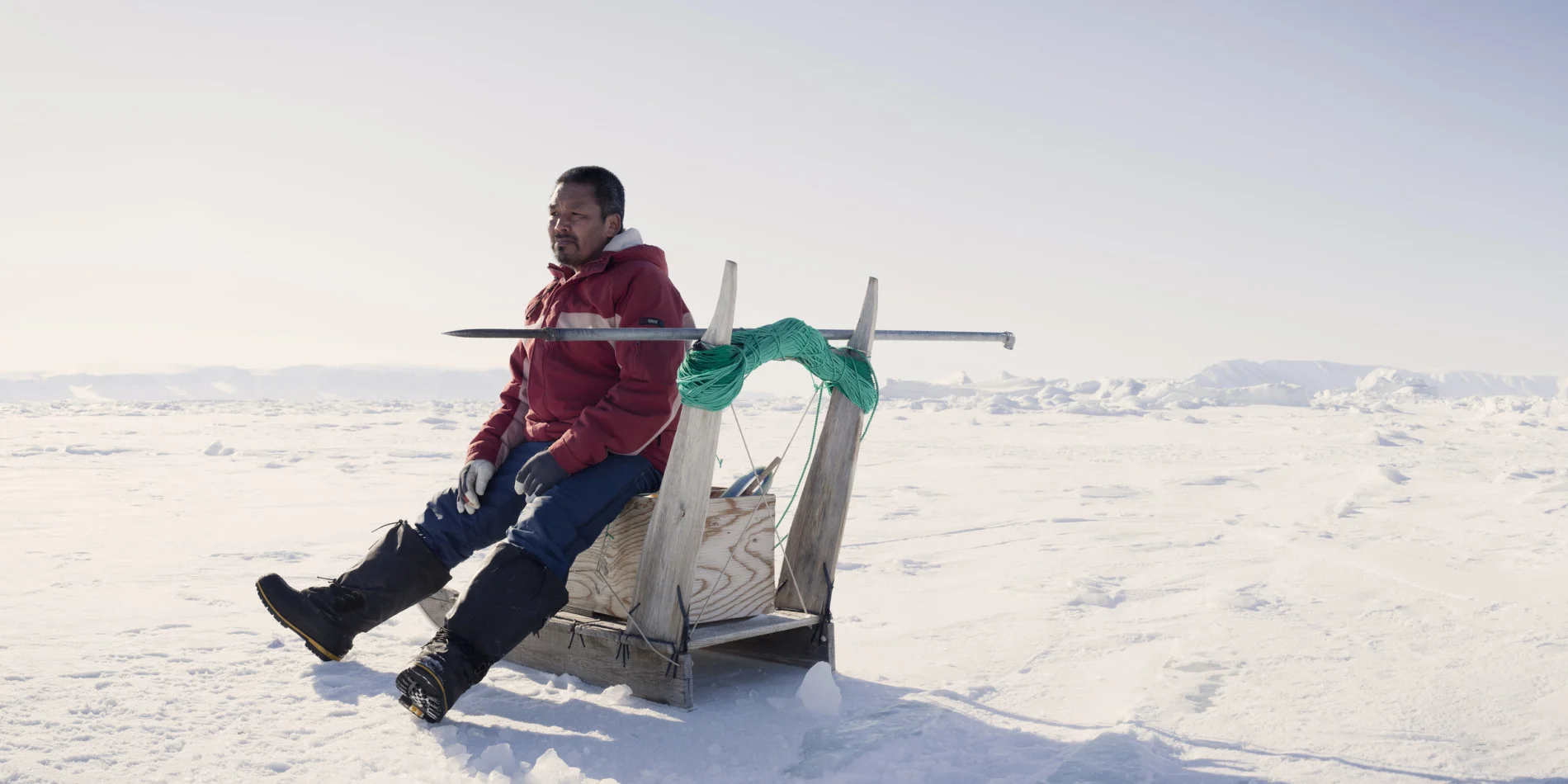
Taken in Qaanaaq, Greenland, an Inuit fisherman sits on his sled to rest while out ice fishing. (Justin Lewis. Stone. Getty Images)
Concerningly, a study published by researchers at the University of Washington says that this frozen region is undergoing changes that has scientists questioning how resilient this area actually is.
The Wandel Sea resides in the eastern sector of the Last Ice Area and is expected to survive the longest due the ice’s thickness and the sea’s ability to retain multiyear ice longer than anywhere else. In August 2020 an icebreaker vessel travelled through the Wandel Sea and data collected during this month revealed that the sea ice concentration was a record low of 52 per cent on August 14.
In addition to the influence of weather patterns, such as strong wind events, the study’s statistical analysis reveals that “climate change was indeed a significant contributor to sea ice loss during the summer of 2020 in the Wandel Sea.”
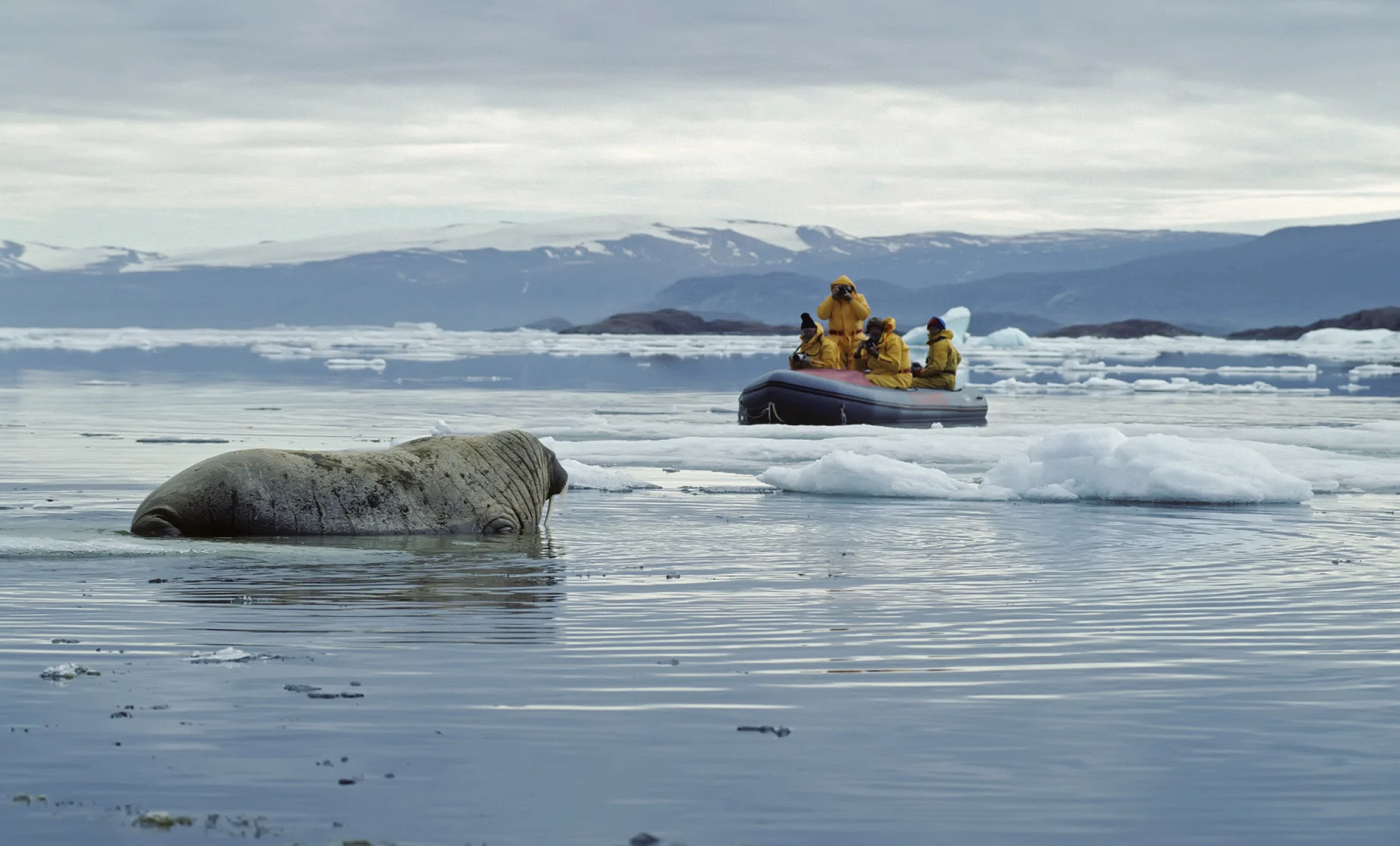
Walrus and photographers in the waters off Ellesmere Island, Nunavut. (JohnPitcher. iStock / Getty Images Plus)
The researchers say that winds transported sea ice out of the region during the early part of the melt season. Ice and snow reflect sunlight away from the Earth, but oceans are darker in colour so they absorb heat from the sunlight. In combination with the effects from the long term trend of thinning ice, the extra heat from the oceans resulted in a rapid melt between August 9-16.
The Wandel Sea is just one part of the The Last Ice Area, but scientists say that the entire region is undergoing long-term sea ice thinning and is vulnerable to changes in the climate.
“It is critical that future work quantify the resilience of this area for conservation and management of ice-dependent mammals under climate change,” the study concludes.
Thumbnail credit: Staffan Widstrand. Corbis Documentary. Getty Images








